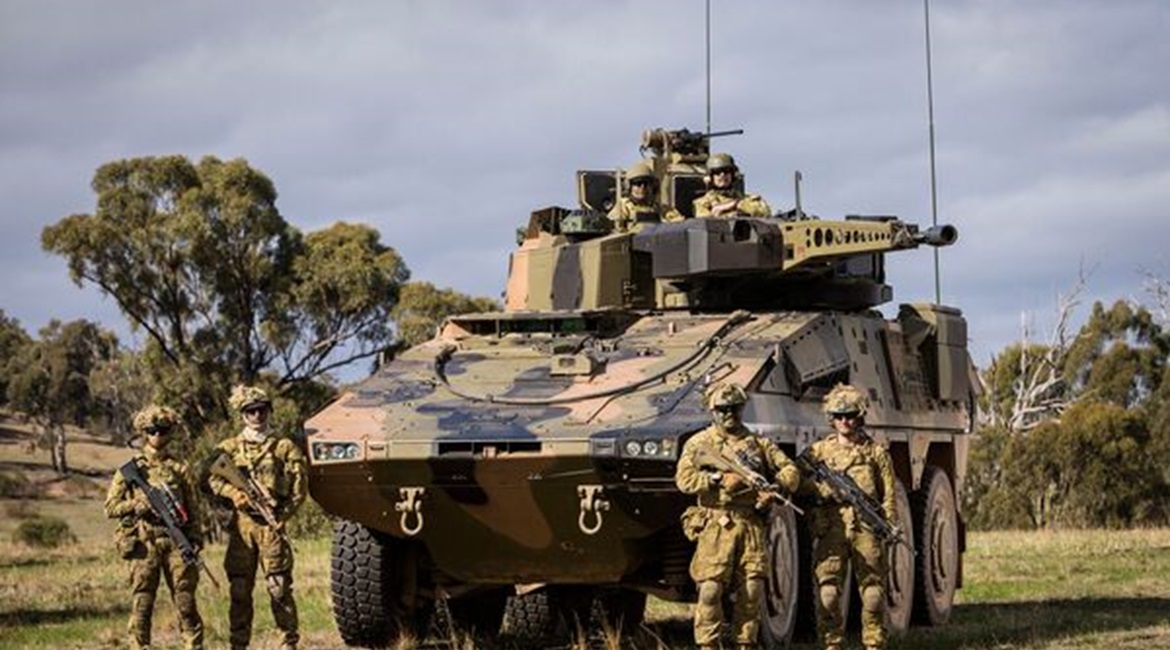
The Australian Department of Defence (DoD) has rejected claims of a weight problem that could affect the successful integration of the Lance turrets contracted for 133 of the 211 Rheinmetall Defence Boxer 8×8 combat reconnaissance vehicles (CRVs) being acquired by the Australian Army.
According to a report by national broadcaster ABC quoting sources within Project Land 400 Phase 2, integration of the two-man turret was proving “far more complicated than first anticipated”. This was due to the extra weight resulting from the integration of the Spike LR2 anti-tank guided missile and the Iron Fist active protection system (APS), reported the ABC.
Concerns by the broadcaster that this issue could delay the AUD5.6 billion (USD4.12 billion) project were dismissed by the DoD, which told Janes that the project ”remains on track to achieve both initial and final operational capability in 2022 and 2027, respectively”.

Australian Army soldiers with a Boxer CRV during Exercise ‘Chong Ju' in May 2018. The DoD in Canberra has rejected claims of a weight problem that could affect the successful integration of the Lance turrets contracted for 133 of the 211 being acquired for the Australian Army. (Commonwealth of Australia/Australian Department of Defence)
The DoD added that Rheinmetall Defence Australia has not been experiencing any problems with the integration of Spike onto the CRV turret, pointing out that testing is scheduled for 2022.
Furthermore, the DoD states that it “had not been notified of, and is not aware of, any weight or stability issues associated with the integration of the Lance turret onto the CRV. The vehicle will operate at the upper end of its gross vehicle mass; this has been understood and accepted since the contract was signed”.
Looking to read the full article?
Gain unlimited access to Janes news and more...




